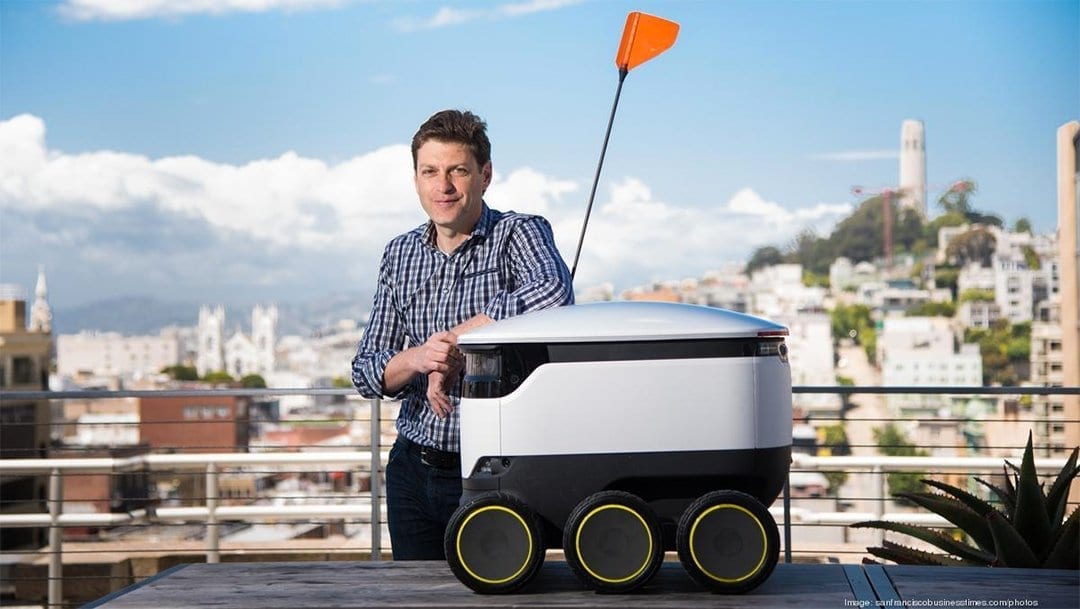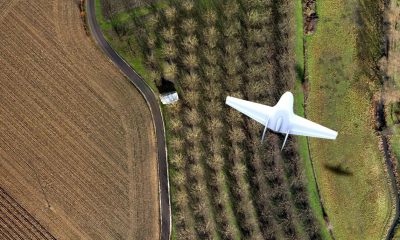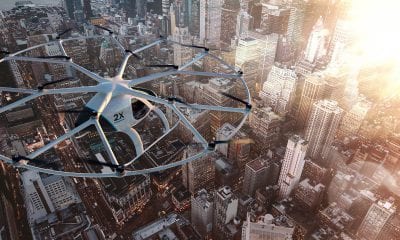AI
Welcome to the Future – Tallinn, Estonia
The story of Estonia’s successful transition from floundering state to digital hub all began after the collapse of the Soviet Union, and later when the country gained its independence in the 90s. Cold, rocky and dotted with hilltop fortresses, Estonia which was one-time Soviet Union stronghold on the European coast is in the past; today it has risen to become one of the smartest countries on the planet.
Now, the city of Tallinn, Estonia’s capital, is not only known for its beautifully preserved Old Town and the soaring TV Tower, but also the many high-tech startups that call this super smart city home. Estonia’s forward-thinking leaders opted to invest in and ultimately create one of the world’s first-ever smart cities.
By essentially digitizing and networking education, government and other key live/work entities, Estonia managed to achieve full digitization by the mid 2000s. This meant that literally everything in the country became digitally connected, including voting (which can be done on a Smartphone), taxes (which can be submitted in less than a few minutes digitally) and banking (people even get alerts if their account is illegally accessed), making it one of the safest, privacy-friendly systems ever build by a government in the world.
Being “smart” in Estonia means having Wi-Fi that is- seamless e-services everywhere. It also means constantly evolving to meet the needs of its citizens. For example, Estonia recently launched a digital participation tool called AvaLinn, a mobile app that’s being billed as a “co-creation” tool that allows citizens to share ideas and discussions about spatial and urban planning.
What makes the system work so seamlessly is that every citizen of Estonia (or e-Estonia, as it’s sometimes referred) has been outfitted with an ID card with a chip that — in combination with a pin code and USB reader — creates his or her digital identity. Once logged into the system, a person can access all facets of data — everything from health and education records to taxes, insurance and government programs in one user-friendly portal. It has simplified transactions that used to require more time, money and labor for the citizens of Estonia.
Other popular e-services, according to Toomas Sepp, the city secretary and administrative leader of the Tallinn City Office, include a mobile public transportation app (it offers timetables, tracking and a city map), traffic cameras (these alert drivers about jams) and the official online city map (it’s updated with the most recent news and developments).
Smart City
Most cities that rethink smart services often find themselves in far better economic positions down the road. Going smart also has tremendous environmental and psychological benefits.
Jesse Berst, chairman of the Smart Cities Council in Reston, VA, says smart cities are in the process of being redefined by technology designed to improve urban life as we know it. Berst says the four major components to any successful smart city initiative being developed now are to digitally collect; communicate; compute; and control data to aid seamless integration of technology in smooth running of cities.
According to Consumer Technology Association (CTA) market research, more than $34 billion will be spent to create smarter cities by 2020. CTA predicts that there will be at least 88 smart cities like Estonia by 2025. The United Nations expects that two-thirds of the world’s population will live in cities by 2050.
During an appearance at CES 2018 with CTA President and CEO Gary Shapiro, U.S. Secretary of Transportation Elaine Chao characterized smart cities as a culmination of “transformative technology” while championing this high-tech IoT movement, saying, “We need to have the infrastructure to support that.” She suggested that tech needs to be/will be a part of infrastructure investment, not unlike how we think about roads and bridges.
Self-driving cars are anticipated to be an important feature of the future smart city, which will in turn spur development of networked streetlights more traffic cams, smart underground pipes outfitted with sensors and more interconnected surveillance in U.S. cities. Many of the most forward-thinking municipalities are taking cues from Europe and Asia, where the race to become smarter is part of much bigger and more complex economic plans.
Skeleton Technologies, an energy storage maker with offices in Germany and Estonia, had been involved in the back-office transformation of e-Estonia and other smart cities globally. Olivier Chabilan, the company’s product marketing manager, predicts, “Energy storage will eventually lead to world-changing habits and energy savings. At this time, we can save 32 percent fuel on light delivery trucks by adding an energy recuperation system. Savings of the same order can be achieved on harbor cranes and city buses.”
Also based in Estonia, Starship Technologies is a robotics startup created by the co-founders of Skype. The company is in the midst of launching a large-scale commercial delivery service aimed at corporate and academic campuses in both Europe and the U.S.
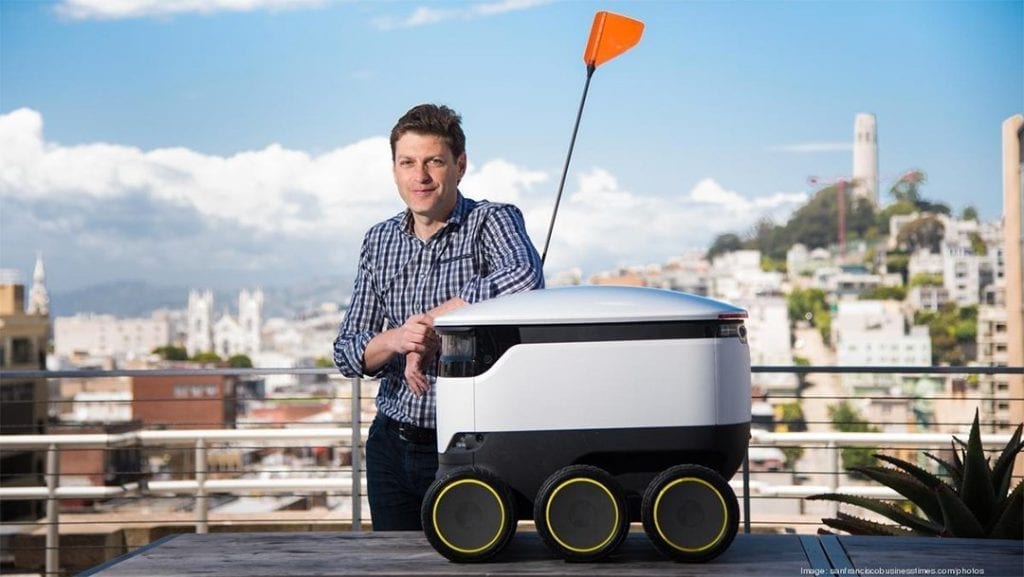
Henry Harris-Burland, vice president of marketing at Starship, believes that robotics will ultimately have a hand in the future of smart cities around the world, especially when it comes to retail and delivery. “Robotic delivery services also offer environmental benefits by reducing congestion,” he says. “Some cities have limited delivery hours for vans and lorries because of the congestion they cause. Research has showed that 25 percent of CO2 emissions and 30 to 50 percent of other pollutants are caused by diesel-powered trucks and vans.”
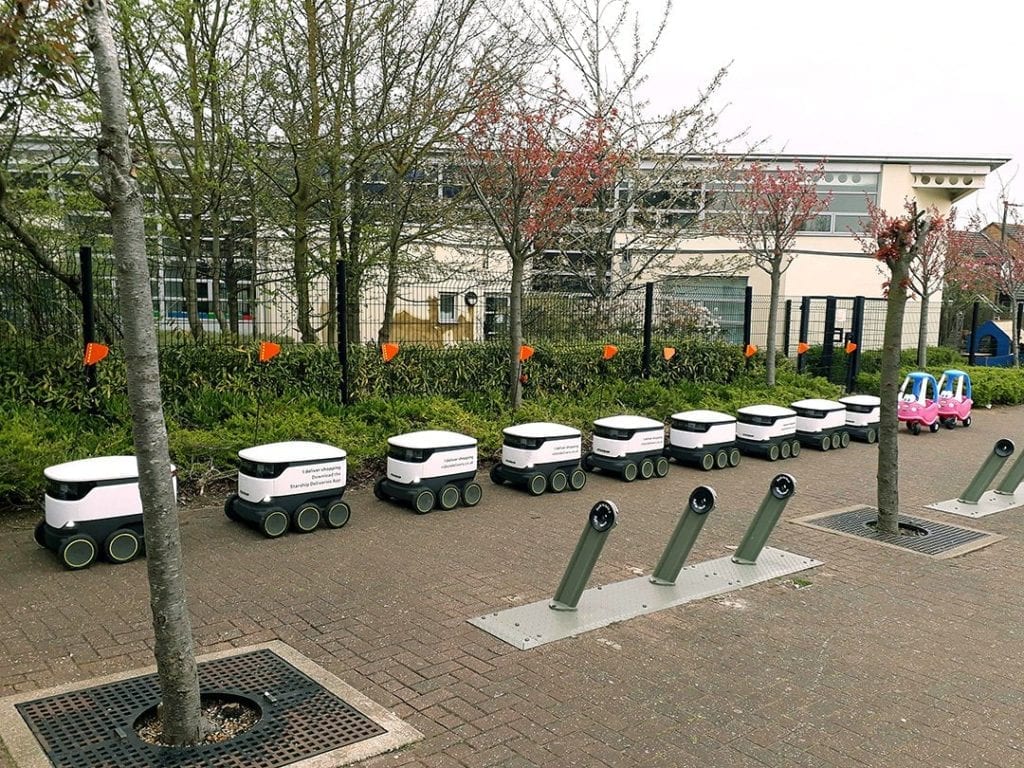
The company is currently testing sidewalk delivery drones in Washington, DC, the first city in the U.S. to be in the beta launch. To date, five of these bots have made more than 7,000 deliveries in the nation’s capital (with only three reported accidents).

